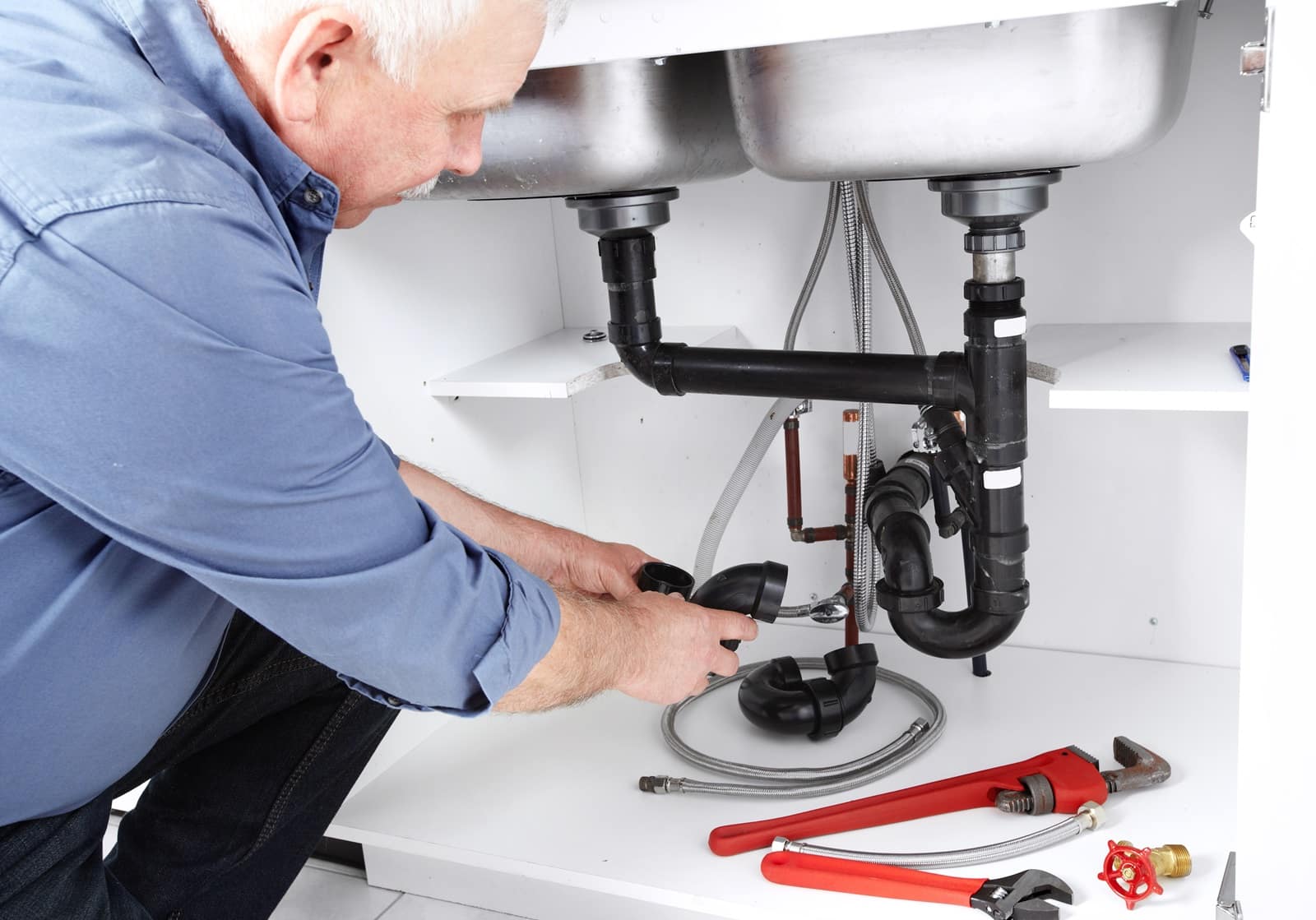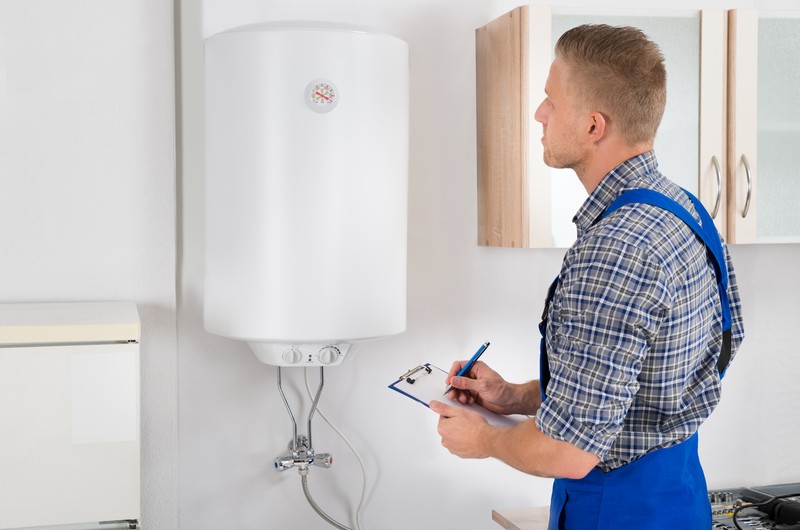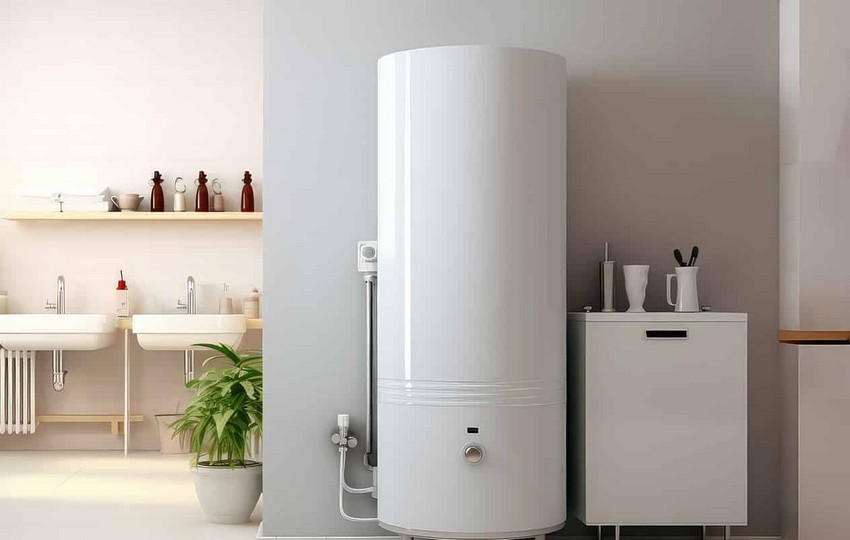 How to Unblock a Toilet: A Step-by-Step Guide
How to Unblock a Toilet: A Step-by-Step Guide

A blocked toilet can be a major inconvenience, and it’s something that no one wants to deal with. However, with the right tools and techniques, it’s a problem that can be easily solved. In this blog post, we will walk you through the steps to unblock a toilet and get your bathroom back to normal.
1. Identify the cause of the blockage
The first step in unblocking a toilet is to figure out what is causing the blockage. Common causes include foreign objects, such as toys or hygiene products, and a build-up of waste and toilet paper. Knowing the cause of the blockage will help you determine the best course of action to take.
2. Use a plunger
The most common tool for unblocking a toilet is a plunger. To use a plunger, place the rubber cup over the opening of the toilet and press down firmly. Then, pull up quickly and repeat the process several times. This creates a suction that can help to dislodge the blockage.
3. Use a toilet auger
If the plunger doesn’t work, you may need to use a toilet auger. A toilet auger is a long, flexible cable with a curved end that can be inserted into the toilet to remove blockages. To use a toilet auger, insert the cable into the toilet and push it through the blockage, twisting it as you go. Once the blockage is cleared, pull the cable back out of the toilet.
4. Use a bucket of hot water
Another option for unblocking a toilet is to use a bucket of hot water. Simply pour a bucket of hot water into the toilet bowl and wait a few minutes to see if the blockage dissolves. This method can work well for blockages caused by a build-up of waste and toilet paper.
5. Call a plumber
If none of the above methods work, it’s time to call in a professional. A local emergency plumber will have the tools and experience to quickly and effectively unblock your toilet and get your bathroom back to normal.
In conclusion, unblocking a toilet may seem like a daunting task, but with the right tools and techniques, it’s a problem that can be easily solved. Remember to identify the cause of the blockage, try using a plunger, a toilet auger, a bucket of hot water or if all fails, call a plumber. With these steps, you’ll be able to quickly and effectively unblock your toilet and get your bathroom back to normal.
Another important aspect of unblocking a toilet is to prevent future blockages. One way to do this is to be mindful of what is flushed down the toilet. For example, avoid flushing non-biodegradable materials such as baby wipes, sanitary products and paper towels. These items can cause blockages and damage the pipes.
It’s also important to note that if you have a septic tank, flushing non-biodegradable materials can cause damage to your septic system and result in costly repairs. In addition, it’s important to avoid using chemical drain cleaners as they can damage your pipes and be harmful to the environment.
Another way to prevent blockages is to schedule regular maintenance for your plumbing. This can include having a plumber come out to inspect your pipes and make any necessary repairs. Regular maintenance can help to catch small problems before they turn into bigger issues.
In addition, it’s important to have a regular cleaning routine for your toilet. This can include cleaning the bowl, the tank and the exterior of the toilet. This will help to remove any dirt and grime that can build up and contribute to blockages.
In summary, unblocking a toilet requires identifying the cause of the blockage, using the appropriate tools, and taking preventative measures to avoid future blockages. Being mindful of what is flushed down the toilet, scheduling regular maintenance, and having a regular cleaning routine can all help to keep your toilet running smoothly and reduce the likelihood of blockages.



